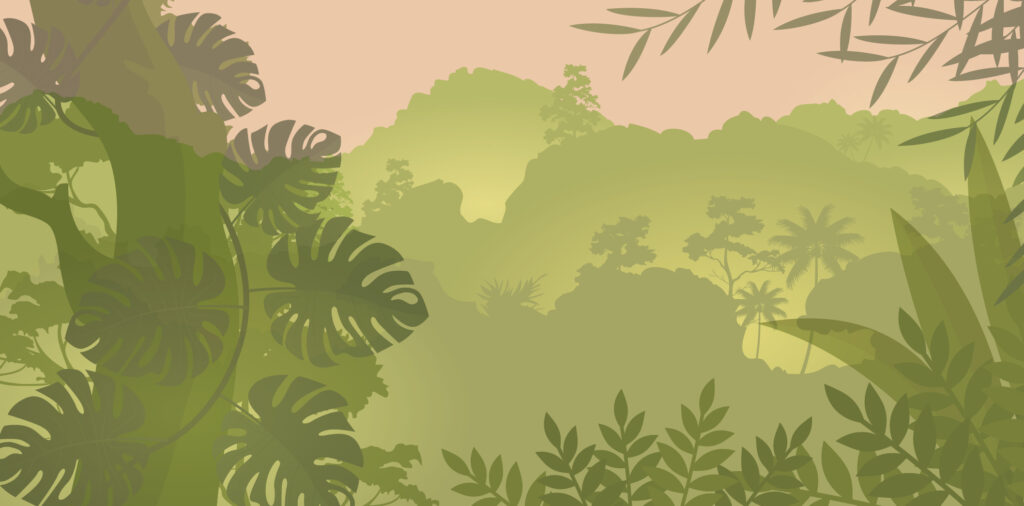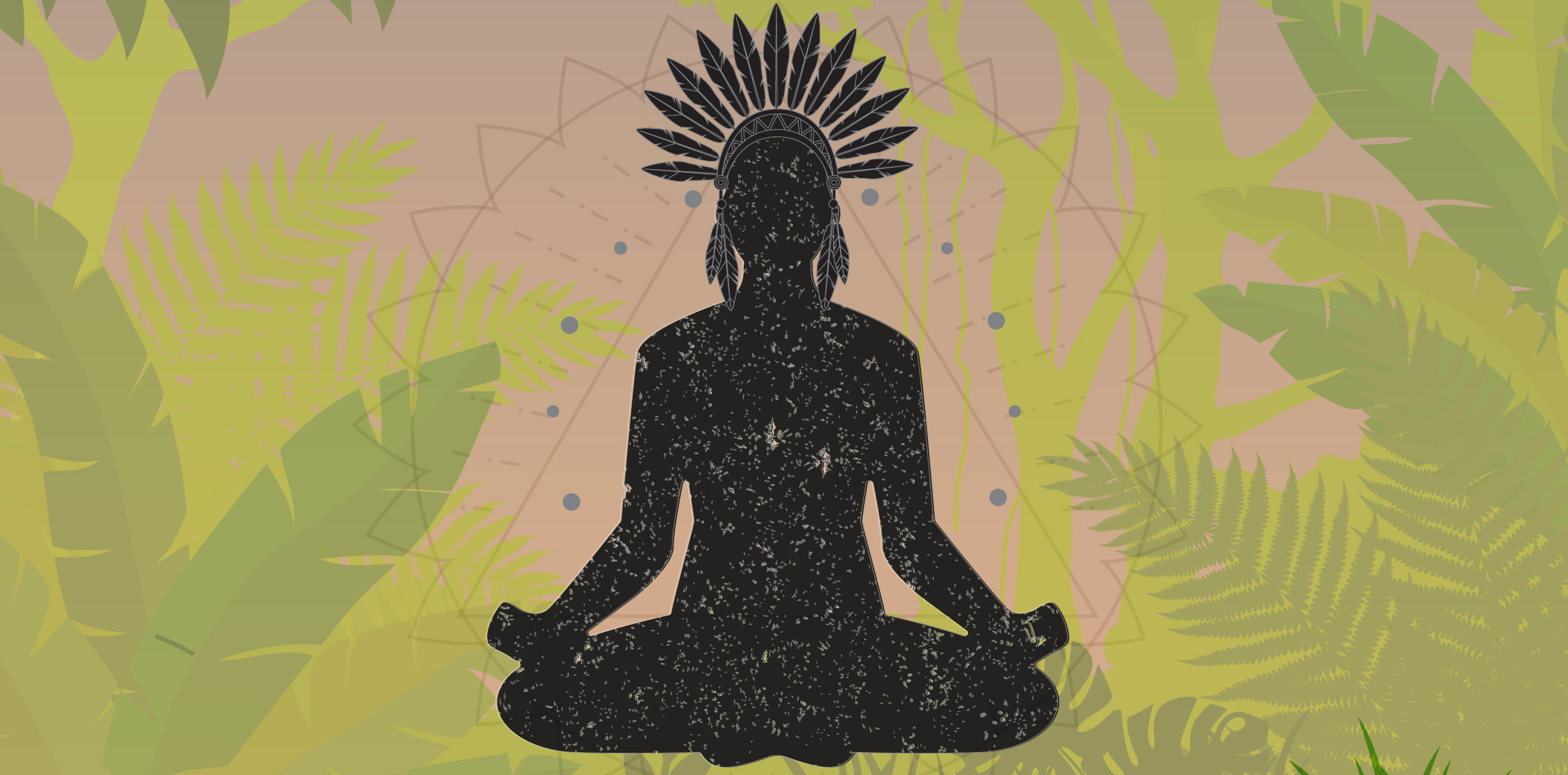Introduction: Native American’s World View
Growing up on the Diné (Navajo) reservation, I now realize it provided me with insights that I often overlook as a native individual.
Growing up on the Diné (Navajo) reservation, I now realize it provided me with insights that I often overlook as a native individual. I realized as a young adult in college that the cultural belief system I was raised with was different than my peers. I was raised in a small community where everyone knew each other and where our traditional cultural beliefs were stilled practiced.
Coming from a health background academically, I realized that in order for providers and practitioners to be effective when working with Native American individuals and communities, they need a basic understanding of the philosophical and social contexts of Native American society. This article is intended to provide insights to non-native practitioners and others on key points to keep in mind when working with Native American individuals and communities. It is by no means an answer to all situations and circumstances that may be encountered.
Our View of the World
Native Americans as the original people of this country believe that all beings in the universe are sacred: from the tiniest insects that crawl on the earth to fellow human beings. The elements of air, fire, water, and earth are sacred. Each being is interdependent upon the other for survival and existence. As an example, when I need sage for my Táchééh (Sweat Lodge) ceremony, I do not just pull off to the roadside and pull the sage from the earth. Instead, I go to a quite remote place in the countryside where the plant grows and when I find it I offer a prayer and speak to the plant. I tell the plant why I need it and for what I will be using it for. In exchange for its sacred essence, I offer the corn pollen and gratitude. I then remove the portion of the plant that I will use taking extra care not to damage the roots of the plant and to ensure that the roots remain intact. This allows the sage to grow more leaves and make it available for the next person.
In the Western world, we separate everything into disciplines and silos history, medicine, philosophy, spirituality, and in most instances the connection between these disciplines is not so obvious or is non-existent (Beck, Walters, & Francisco, 1996). The mystical and sacred experiences of these disciplines are not included. We only view them from our rational linear perspectives. In the Diné culture, we taught that all things are connected and what affects one affects the other. For example, if we contaminated our water sources we will not only become ill but the animals and plants will also become ill. Another aspect of Diné culture is as human beings we cannot separate our physical, spiritual, mental, emotional bodies, and our environment from one another. My personal experience showed me that to heal from an illness, my physical, spiritual, mental, and emotional bodies had to be in harmony with the environment around me, as well. This healing was done through traditional ceremonies to achieve balance.
In my cultures and in other Native American cultures, we are believers in the unseen powers of the Creator and other sacred deities, and we do not seek to control the ways of the natural world.
In my cultures and in other Native American cultures, we are believers in the unseen powers of the Creator and other sacred deities, and we do not seek to control the ways of the natural world. We believe in the mysteries of life and we allow life to happen without human intervention. In Western society, the belief is that man can control the natural world and order (Beck et al., 1996).
There is an important concept and link between individual’s worship and community. In turn, the community carries out forms of worship and ceremonies to aid individuals (Beck et al., 1996). As I was going through a series of traditional ceremonies for a severe flare with systemic lupus, I realized that my prayers each morning were to help restore order to my life and with the natural elements from which I fell out of balance. These ceremonies also allowed others in the community to come participate and together we found healing for ourselves and the collective. Each individual’s prayers reinforce the bond between human beings and Creator. Prayer makes the individual and community receptive to the blessings that are available if both are responsive to the world around us. These relationship and bonds to each other and to Creator are maintained in a sacred manner.
In seeking happiness in one’s life balance, harmony is necessary between the native individual and the natural elements and forces of nature. In the Diné culture, hózhó is the holistic environment and a representation of beauty, harmony, and well-being. Our beliefs are to take care, understand, and learn to be a part of the ecological relationship with everything around us. By doing this, we learn to survive in the natural world. Without it, we are alone and do not have the support of the universe.
In many of our cultures, there are deities who are the personification of a clown and serve to remind us not to take ourselves too seriously.
Typically, when a non-native individual meets a Native individual their impression are that the Native person is very reserve and stoic. Similar to how it is protraited in the media. Native people enjoy humor and humor is an integral part of our lives. Humor is at the heart of our resilience. Humor is used as a way to teach valuable moral and social lessons. In addition, humor can be used as a way of healing from personal or historical trauma. Humor can also be used to foster relationships between non-native and native people. In many of our cultures, there are deities who are the personification of a clown and serve to remind us not to take ourselves too seriously.

Suggestions for Working with Native American Individuals and Communities
There are some points for therapist and practitioners to keep in mind when working with Native American clients and communities. Below are some considerations:
The concepts of mental illness and associated disorders have a different causation and remedies in Native American cultures, and this understanding should be included in the treatment plan as much as possible.
- Trust and respect are the keys to building a strong rapport. It is important to understand throughout our history with non-native people that our relationships were typically fraught with deceit and mistrust. As a result, our natural tendency and response to someone offering to help us is skepticism. Therapist and practitioners will need to exercise patience and over time for the relationship will flourish.
- Native American individuals are private by nature and do not typically disclose their personal lives. Growing up in a small community on the reservation where everyone knows each other and should not be taken too lightly. There is often reluctance for a native individual living in a small community to share their personal lives openly, especially with a stranger. There may be fear from the native client’s perspective that others in the community will know their business. Therefore, it is important that precautionary measures are taken to ensure each individual’s privacy outside of the clinical and therapeutic settings is maintained.
- Therapeutic models that allow for Native American traditional practitioners to be a part of treatment plan processes have proven to be beneficial (e.g., Pouchly, 2012). In addition, allowing native clients to use health practices (such as sweat lodge or talking circles) can improve the treatment outcomes. The concepts of mental illness and associated disorders have a different causation and remedies in Native American cultures, and this understanding should be included in the treatment plan as much as possible (Duran, Duran, Heart, & Horse-Davis, 1998).
- Spirituality is not separated from our physical, emotional, and mental bodies. Hence, the treatment plan should be culturally specific (Bassett, 2012).
- Educating ourselves about the Native American culture(s) for which we will be providing care is fundamental to establishing rapport with clients and community. There are 573 federally recognized tribes in the United States each with its own culture, traditions, and languages (Bureau of Indian Affairs, 2019).
Summary
Native American individual and communities are unique in their beliefs, cultural traditions, and languages. However, there are common belief systems shared by most Native American cultures. Our view of the world is based upon being a part of a larger microcosm of the natural world. The interconnectedness of our existence is based upon the mutual respect of all beings and embracing the mysticism of life. This interconnectedness includes the relationship each individual member and its community and this reinforces the bond between human beings and Creator. The goal in life from a Diné perspective is walking through life in hozho, living in balance, and harmony. Furthermore, humor is a part of our resilience and moving toward hozho.
As therapist and practitioners, there are fundamental aspects of the Native American culture that one should be aware of when engaging in relationship with Native Peoples. This includes trust/respect, confidentiality outside of the context therapeutic setting, therapeutic should be culturally based and be inclusive of Native American traditions and culture, and it is important to gain an understanding of the culture with which one will be interacting.Acknowledgements
In September 2019, the author presented on the subject of “Intergenerational Trauma: Native American Legacy” at the Psychedelic Medicine and Cultural Trauma Workshop in Louisville, Kentucky. The workshop was hosted by the Multidisciplinary Association for Psychedelic Studies (MAPS) organization. Two aspects of the presentation were associated with considerations for healing and working with Native American individuals and communities.
—
Note: This paper was originally published here.
References
Bassett, D. (2012). Our culture is medicine: Perspective of native healers on posttrauma recovery among American Indian and Alaska native patients. The Permanente Journal, 16(1), 19–27. doi:10.7812/TPP/11-123
Beck, P. V., Walters, A. L., & Francisco, N. (1996). The sacred ways of knowledge, sources of life. Tsaile, AZ: Navajo Community College Press.
Bureau of Indian Affairs. (2019). Mission statement. Retrieved from https://www.bia.gov/bia
Duran, E., Duran, B., Brave-Heart, M. Y., & Horse-Davis, S. Y. (1998). Healing the American Indian soul wound. In Y. Danieli (Ed.), International handbook of multigenerational legacies of trauma (pp. 341–354). Boston, MA: Springer.
Pouchly, C. A. (2012). A narrative review: Arguments for a collaborative approach in mental health between traditional healers and clinicians regarding spiritual beliefs. Mental Health, Religion & Culture,15(1), 65–85. doi:10.1080/13674676.2011.553716
Take a minute to browse our stock:
Did you enjoy reading this article?
Please support Chacruna's work by donating to us. We are an independent organization and we offer free education and advocacy for psychedelic plant medicines. We are a team of dedicated volunteers!
Can you help Chacruna advance cultural understanding around these substances?
















